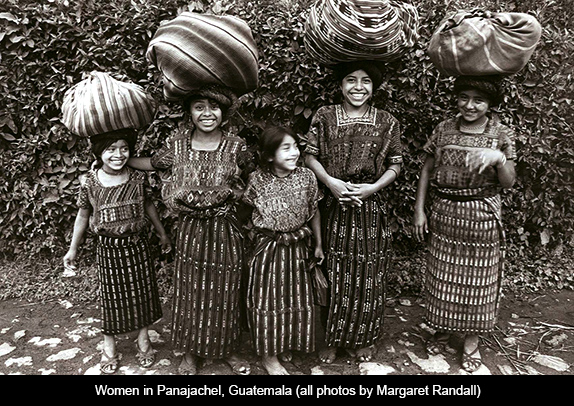
International Women’s Day, March 8th, is my favorite holiday. Every year I write a brief tribute—to remind my friends and also myself how much women everywhere give to resist oppression and sustain life. Usually I’ve focused on a group of women whose ordinary heroism was particularly noteworthy since the previous March. South African or Palestinian women. The desperate women of Syria and Sudan. Women right here in the United States, who face every sort of degradation. This year I want to honor our scribes, the women in so many different parts of the world and throughout history who, often against incredible odds, have told our stories and kept history alive. Not just women’s history, everyone’s.
Although the origins of an international day honoring women happened in the United States, like International Workers Day which also pays tribute to an event that took place in this country, it is not officially recognized or widely observed here. It began as a celebration of the courage of women textile workers striking for better working conditions in Lowell, Massachusetts, Chicago, and New York in the first decade of the 20th century. Women in many parts of the developing world were massively beginning to fight for the right to vote and hold public office, for equal pay and against gender discrimination in employment. The ongoing struggle against violence against women also became a focus and continues to this day. But the holiday became a part of the overall culture more palpably throughout the socialist bloc than in the West.
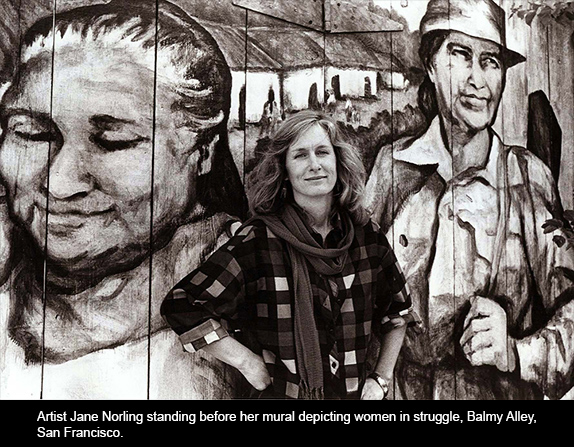
The United Nations declared 1975 the Year of the Woman, and began to host a series of international gatherings every five years. A list of focuses gives a sense of important women’s issues, among them: women and human rights in 1998, a world free of violence against women in 1999, Afghan women’s realities and opportunities in 2002, women and HIV/AIDS in 2004, investing in women and girls in 2008, equal access to education in 2011, and empowering rural women in 2012. Sadly, as with so many UN initiatives, these designations have often remained at the level of official programming (wishful thinking). Far greater changes in women’s lives have emerged from grassroots organizing efforts.
I could point to the women and groups of women who have been in the news in recent years, doing battle on the front lines of so many momentous struggles or taking a stand for an issue important to women or to humanity as a whole. But I want to narrow my focus to women who have told our stories—in dozens of different ways. If our stories are not preserved and told, we cannot know who we are. And if we do not know who we are, we will never become who we want to be: healthy, creative, brilliant and compassionate peace-making contributors to society.
There is Malala Yousafzai, known throughout the world simply as Malala. Born in the Swat Valley of northwest Pakistan in 1997, she had her own blog where from the age of 11 she spoke out for education for girls. She was not yet 15 when, on October 9, 2012, she boarded her school bus as she did every day. A Taliban gunman came aboard, asked for her by name and shot her in the head. Her survival defied every prediction to the contrary. Malala spent months recovering in an English hospital, but her ordeal only made her more determined to continue her dedication to achieving equal rights for young girls in her extremely conservative corner of the globe. Like her, there are thousands of young women throughout the world who routinely brave discriminatory legal structures, derision, and brutality as they tell their stories and, more importantly, work to change them.
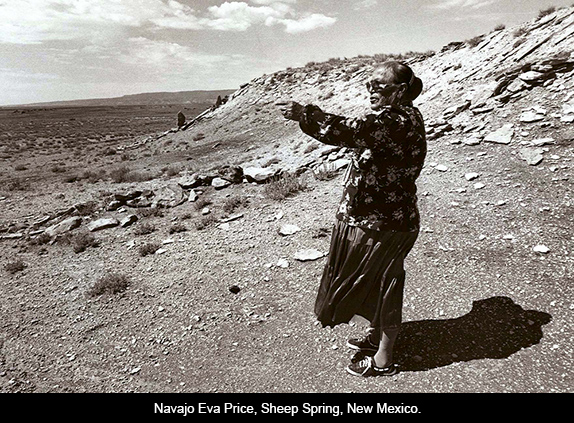
Here in Albuquerque we have had the honor of listening to Shigeko Sasamori, who was 13 in August of 1945 when the US unleashed atomic terror upon her city of Hiroshima, Japan. From near the epicenter of the blast she ran for miles, her skin melting on her small body. Like Malala, she was not destined to die but to live and tell the story of that criminal attack. Today, her disfigured body and serene smile draw people rather than repel them. She still travels the world, speaking out against war.
Women often tell our stories and the stories of others through art. Guatemalan women embroider them into the intricate huipiles (blouses) indigenous to each of the villages in that country, where individual and collective histories can be read in brilliantly colored strips of flowers, birds and other symbols denoting origin, civil status, number of children and more. Closer to home, Navajo women weave them into rugs, and many Pueblo women fashion them into pots or storyteller dolls.
Women were prominent in sewing squares in what would become the great AIDS quilt of the 1980s, finally so large that it could not be unfolded in its entirety on the Washington mall. The HIV/AIDs pandemic devastated communities, but gave women the opportunity of bringing traditional quilting skills into an arena of commemoration and resistance.
Women have been among our most brilliant photographers: Dorothea Lange, Susan Meiseles, and Albuquerque’s own Anne Noggle, to mention just a few. Some of the greatest poetry of the 20th and 21st century has been written by women; in the US names such as Hilda Doolittle (HD), Muriel Rukeyser, Meridel LeSueur, Mary Oliver, Adrienne Rich, Audre Lorde, Joy Harjo, and Sandra Cisneros are only a few in a very long list. All these women artists, well known or anonymous, have told pieces of our story. Their words exhilarate and empower us. They give us literature and recovered memory.
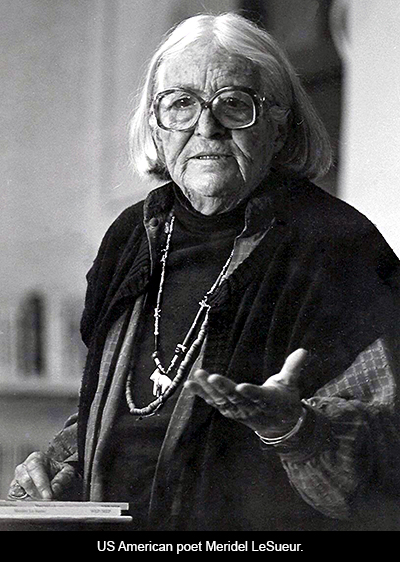
Muriel Rukeyser was also an essayist. During the Spanish Civil War, which she experienced for several months as a journalist, she wrote a novel called Savage Coast. Although well known as a poet, no publisher would take her novel. Women had no business writing about war, they said. It wasn’t until a couple of years ago, long after Rukeyser’s death, that the manuscript was discovered among her papers at the Smithsonian. Feminist Press published it last year, adding a woman’s voice to a Spanish Civil War history dominated by the voices of men (César Vallejo, Miguel Hernández, Federico García Lorca, Ramón Sender, George Orwell, Ernest Hemingway, and others).
Women often tell our stories from situations of terror and confinement. Recent decades have seen women here and throughout the world speaking out about incest, rape, and battery, telling our stories despite the threats of those who would silence us. Each woman’s story makes many others possible. And all these stories together have changed the way society views domestic violence.
After Chile’s 1973 fascist coup, some three thousand men and women were disappeared or tortured to death. The more fortunate were forced into exile or filled the dictatorship’s prisons and concentration camps. It was in those prisons and camps that women began producing arpilleras, applique squares made with bits of cloth and small lengths of thread. These scenes, which often also incorporated words, told picture stories of repression and resilience, a universal desire for peace and security. In Vietnam, during the last years of the American War, women prisoners wove delicate baskets from strands of their own long hair. Those baskets, too, told stories of resistance and survival.
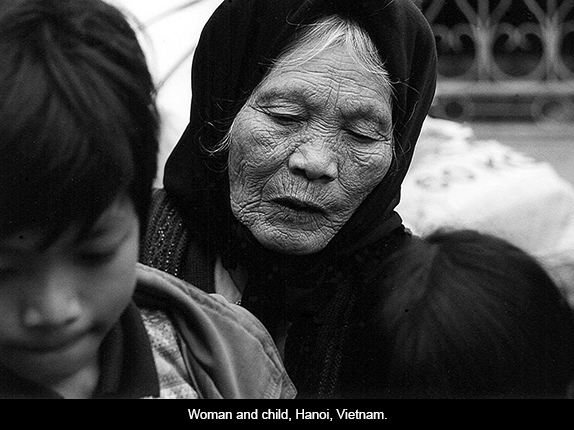
Just touching on a few examples of the deeply creative ways women have found to break the silences imposed upon us by centuries of gender discrimination would require a piece much longer than this one. So I will end with a dramatic story in which several generations of women have contributed to telling a history never meant to be told. In South America, during the 1970s and ‘80s, what we called the Dirty Wars took place in Chile, Argentina, and Uruguay. Brutal dictatorship attacked whole generations of freedom fighters, many of them women, who were struggling for a minimal rule of law.
Young couples were often captured together. Sometimes the woman was pregnant. The men would most often be tortured and killed right away, but the pregnant women were kept alive until they gave birth. Thus began a heinous chain of events, in which the infants of revolutionaries were handed over to childless couples among the fascist ranks. Their mothers, newly delivered, were then murdered as well.
For decades a group of women who call themselves The Mothers of the Plaza de Mayo have marched weekly in Buenos Aires in that civic square, carrying photographs of their disappeared children and demanding to know where their bodies are buried. The Mothers eventually became the Grandmothers.
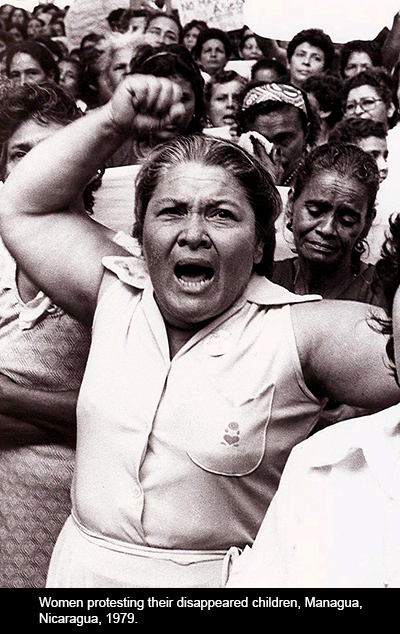
As the stolen children grew up in the homes of those consciously or unconsciously responsible for their parents’ deaths, a new technology for determining genetic identity became available: DNA. A group of scientists at the Massachusetts Institute of Technology (MIT) brought the technology to Argentina and offered it to the Mothers, who over time developed a genetic database.
Through the next couple of decades, some of the stolen children—now in their thirties—have had occasion to wonder about their origins. Slowly, in some cases hesitatingly, they have approached the Mothers or the Mothers have approached them. To date, more than one hundred stolen children have been reunited with their grandparents. The Official Story is a moving Argentinean film about one such case.
On this International Women’s Day I want to pay tribute to the Mothers who have become Grandmothers, refusing to give up on telling the stories of children who were taken from them so brutally, never to be seen again. And I want to pay tribute to those young revolutionary women, murdered after giving birth, who continue to tell their stories, with their own DNA, from beyond their unknown graves. They write these stories not with public speeches or poetic words, not with human hair or scraps of cloth, but with their genetic material, the brutalized remnants of their own bodies—and the help of a science focused on life rather than death.
Whatever it takes, and as long as it takes.

I hope this International Women’s Day we will all honor women—who still are disproportionately poor and bear an overwhelming workload in families, earn three fourths of what men earn for the same type of work, are routinely considered easy prey in acts of domination and violence, and are such a great number of those considered “collateral damage” in our senseless wars. I hope we will honor women, not with a box of chocolates or a dozen roses, but with the respect, consideration, and opportunities every person deserves every day of the year.




Responses to “International Women’s Day 2014”